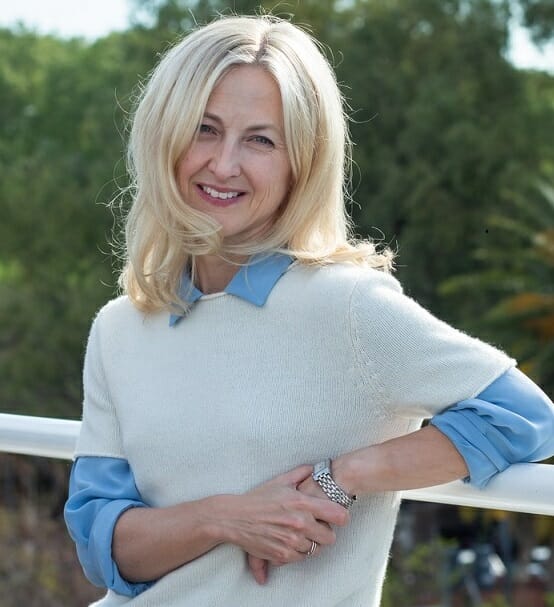Rightly so, over the last two years, most big companies have made “diversity and inclusion” a strategic priority. Melissa Whiting, VP & Diversity at Philip Morris International shares how they’re embedding I & D and why.
Why is Philip Morris International (PMI) focusing on Inclusion and Diversity?
PMI is a multi-cultural, ethnically diverse place to work. Forty-two per cent of our workforce are women. We employ more than 80,000 people from over 90 countries representing more than a hundred nationalities. Those statistics provide important context, but they don’t tell the full story: At PMI we’re placing inclusion and diversity at the centre of our business strategy.
The business case for diversity is well established. Many studies have shown that diverse teams, supported by inclusive contexts, outperform homogenous teams in decision-making, problem-solving and innovation.
These business benefits of diversity resonate for PMI now more than ever before as we work toward creating a smoke-free world in which innovative smoke-free products that are a better alternative to smokers will one day replace cigarettes. In practice, this means we are transforming our business from a traditional manufacturing and distribution company with a single product line to a science and technology-driven company with a pipeline of innovative, complex products. This is no easy task and if we are to unlock the innovation, creativity and disruption needed to be successful, we must tap into the full range of skills and ideas in the global talent pool.
How is PMI embedding I & D?
First, we’re working on building an inclusive workplace where personal situations are understood, differences are valued, and everyone is treated with fairness, respect and has equal opportunity to contribute their best and achieve their full potential. That’s why we are placing emphasis on creating a learning culture and agile, project-based ways of working that break down hierarchy, consciously encourage different voices and perspectives, and build psychological safety and trust in teams. Our inclusive learning interventions raise awareness of bias and stereotypes and how they can make it more difficult for those of us who look or sound different to the majority to fully participate. We also have a range of flexible work arrangements to make it easier for people to succeed in both their professional and personal goals.
Second, we’re focused on improving our diversity by increasing the representation of women in management as a top priority. Women make up half the world’s population, intelligence and university graduates. Therefore, a gender gap is a talent gap – pure and simple. Research also suggests that individuals across all diversity dimensions thrive in gender-balanced organizations because the culture is more open and accepting of differences generally.
Because what gets measured gets done, we have set clear targets to improve the representation of women in our overall management, and leaders who miss their targets must explain why. By building in this level of accountability, we’re seeing encouraging results: Today, women make up 35% of management roles at PMI and we’re on track to meet our 40% goal by 2022.
Confirming the basics with equal pay for equal work
Gender pay discrimination persists for many women across the world, and equal pay isn’t something we can take for granted. That’s why PMI is submitting to a credible, independent verification process by EQUAL-SALARY Foundation to validate that our pay practices match our commitment to equality and good intentions everywhere we operate worldwide.
The EQUAL-SALARY process also includes an onsite audit of PMI country affiliates by PwC, the Foundation’s entrusted auditor. The auditors talk to management to confirm their commitment to gender pay equality, hold focus groups with employees to understand their perception of that commitment and review HR-related policies and practices to identify gender bias, recommending corrective actions as needed. This process is helping to uncover any blind spots at PMI which may hinder equal opportunities for women to advance.
Today, we’ve almost completed the Global EQUAL-SALARY Certification process with the goal to become the first international company to receive Global Certification in 2019. For us, confirming the basics on equality helps strengthen efforts to improve our gender balance.
What is PMI doing to reach 40% women in management by 2022?
Our approach is comprehensive covering all stages of employment. We aim to recruit equal numbers or talented women and men at entry levels and to support this we use technology to ensure PMI job advertisements use gender-neutral language, require gender balanced shortlists and use diverse interview panels to reduce the risk of unconscious bias in talent assessments.
As employees move up the career ladder, we provide equal learning opportunities and personalized development plans with coaching. Showcasing female role models and providing peer-driven networking opportunities for women and men who actively support a gender-balanced workforce, is another area we’re advancing.
To support retention, we offer flexible working arrangements for all and parent support programs so mums and dads can be great parents and great professionals.
There is still much work to be done across all of these dimensions – particularly in relation to embedding flexible working. Each of us at PMI has a role to play in driving progress and making inclusion and diversity part of our DNA – and I’m inspired to see momentum building.
Moving beyond inclusion and gender balance
Beyond our two global priorities — an inclusive workplace and closing our gender gap — we continue to support locally-important dimensions of diversity wherever we operate. These range from supporting our LGBTQ+ community, to persons with disabilities, individuals from different ethnicities and across generations. We’re confident that by matching good intentions with concrete action, we can become more inclusive, diverse and successful as we progress toward our smoke-free vision.
>See also: Diversity tips for leaders







